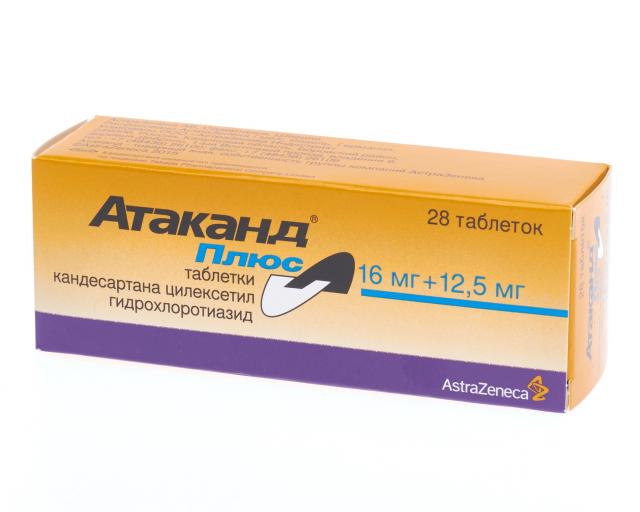Atacand adverse effects. Atacand Side Effects: Understanding Common, Severe, and Long-Term Reactions
What are the common side effects of Atacand. How can severe reactions to Atacand be identified. What long-term effects should patients be aware of when taking Atacand. When should a patient consult their doctor about Atacand side effects.
What is Atacand and How Does it Work?
Atacand, also known by its generic name candesartan, is a medication primarily used to treat hypertension (high blood pressure) and heart failure. It belongs to a class of drugs called angiotensin receptor blockers (ARBs). These medications work by relaxing blood vessels, allowing blood to flow more easily and thus lowering blood pressure.
The active ingredient, candesartan, blocks the action of angiotensin II, a hormone that causes blood vessels to constrict. By preventing this constriction, Atacand helps to reduce blood pressure and ease the workload on the heart. This mechanism of action makes it an effective treatment for both hypertension and heart failure.

Key Benefits of Atacand
- Lowers high blood pressure
- Helps prevent strokes, heart attacks, and kidney problems
- Treats heart failure
- Can be used in adults and children over 1 year old
Common Side Effects of Atacand: What to Expect
While Atacand is generally well-tolerated, like all medications, it can cause side effects in some patients. It’s important to be aware of these potential reactions to manage them effectively.
Most Frequently Reported Side Effects
- Dizziness
- Tiredness or fatigue
- Lightheadedness
- Runny nose
- Sore throat
These side effects are often mild and may diminish as your body adjusts to the medication. However, if they persist or worsen, it’s crucial to inform your healthcare provider.
Managing Common Side Effects
To mitigate the risk of dizziness and lightheadedness, patients are advised to rise slowly from sitting or lying positions. This simple precaution can help prevent sudden drops in blood pressure that may cause these symptoms.
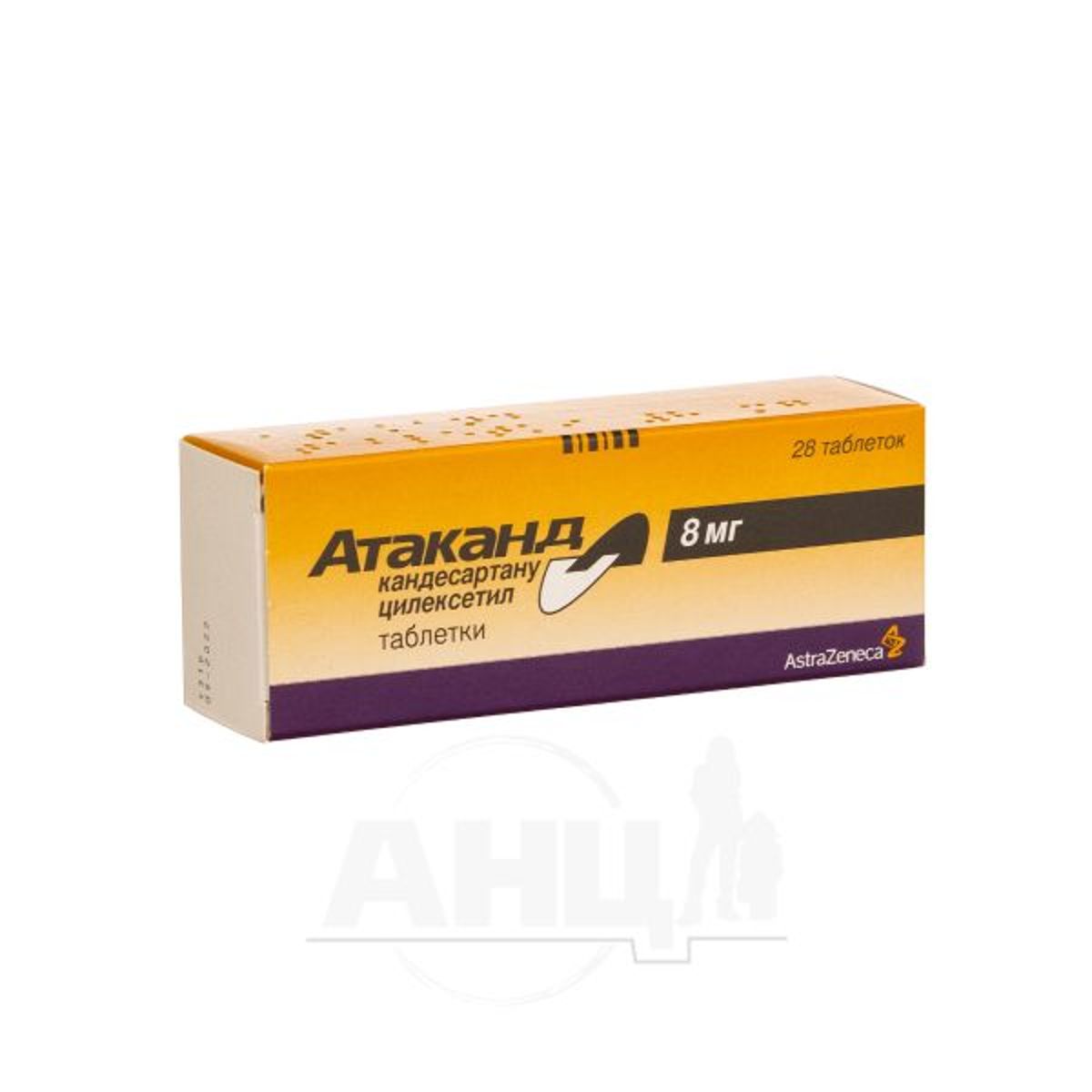
Severe Side Effects: When to Seek Immediate Medical Attention
While rare, some patients may experience more serious side effects that require prompt medical intervention. Recognizing these symptoms is crucial for patient safety.
Serious Side Effects to Watch For
- Fainting
- Symptoms of high potassium levels (muscle weakness, slow/irregular heartbeat)
- Signs of kidney problems (changes in urine output)
- Severe allergic reactions (rash, itching/swelling, severe dizziness, trouble breathing)
Can Atacand cause kidney problems? While it’s primarily used to prevent or treat kidney issues, in rare cases, Atacand may exacerbate existing kidney problems or cause new ones. Regular monitoring of kidney function by a healthcare provider is essential for patients taking this medication.
Long-Term Effects of Atacand: What Patients Should Know
Understanding the potential long-term effects of Atacand is crucial for patients who may be on this medication for extended periods. While the drug is generally safe for long-term use, certain considerations should be kept in mind.
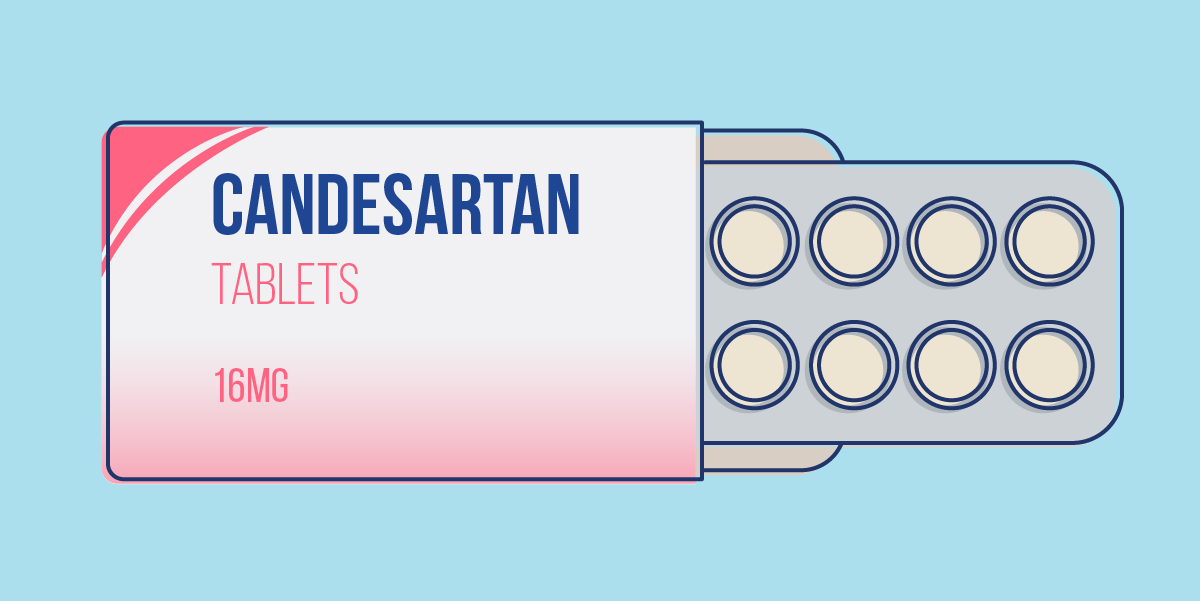
Potential Long-Term Considerations
- Electrolyte imbalances, particularly potassium levels
- Changes in kidney function
- Possible effects on blood pressure regulation
Does long-term use of Atacand require special monitoring? Yes, patients on Atacand for extended periods should have regular check-ups with their healthcare provider. These visits typically include blood tests to monitor kidney function and electrolyte levels, as well as blood pressure checks to ensure the medication continues to be effective.
Precautions and Warnings: Essential Information for Atacand Users
Before starting Atacand, it’s crucial for patients to be aware of certain precautions and warnings associated with the medication. These considerations help ensure safe and effective use of the drug.
Important Warnings
- Pregnancy: Atacand can cause serious harm to an unborn baby. It’s crucial to prevent pregnancy while taking this medication and to inform your doctor immediately if you become pregnant or plan to become pregnant.
- Allergies: Inform your healthcare provider about any allergies, especially to Atacand or other ARBs.
- Medical History: Disclose your full medical history, particularly regarding liver disease, high potassium levels, or dehydration.
- Alcohol and Marijuana Use: These substances may increase dizziness, a common side effect of Atacand.
Is it safe to drive while taking Atacand? Patients should exercise caution when driving or operating machinery, especially when first starting the medication or after a dose change. If you experience dizziness or lightheadedness, avoid these activities until you’re sure you can perform them safely.
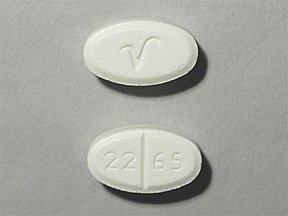
Drug Interactions: Understanding Atacand’s Compatibility with Other Medications
Atacand can interact with various medications and substances, potentially altering its effectiveness or increasing the risk of side effects. Being aware of these interactions is crucial for safe medication management.
Common Drug Interactions
- Potassium supplements or salt substitutes containing potassium
- Other blood pressure medications
- Nonsteroidal anti-inflammatory drugs (NSAIDs) like ibuprofen or naproxen
- Lithium
- Certain diabetes medications
How can patients minimize the risk of drug interactions? Always provide your healthcare provider with a complete list of all medications, supplements, and herbal products you’re taking. This information allows for a comprehensive assessment of potential interactions and appropriate adjustments to your treatment plan.
Proper Usage and Dosage: Maximizing Atacand’s Effectiveness
To ensure optimal results and minimize the risk of side effects, it’s essential to use Atacand exactly as prescribed by your healthcare provider. Understanding the proper usage and dosage guidelines is key to successful treatment.

General Usage Guidelines
- Take Atacand orally, with or without food
- Dosage is typically once or twice daily
- Maintain a consistent schedule, taking the medication at the same time(s) each day
- Continue taking Atacand even if you feel well, as hypertension often has no symptoms
- Allow up to 6 weeks for the full benefit of the medication in treating high blood pressure
What should patients do if they miss a dose of Atacand? If you miss a dose, take it as soon as you remember. However, if it’s close to the time for your next scheduled dose, skip the missed dose and continue with your regular dosing schedule. Do not double up on doses to make up for a missed one.
Special Considerations for Specific Patient Groups
Certain patient populations may require special attention when using Atacand. Understanding these considerations is crucial for healthcare providers and patients alike to ensure safe and effective treatment.
Pediatric Use
Atacand is not recommended for children younger than 1 year old due to an increased risk of side effects. For children over 1 year, dosage is based on weight and medical condition.
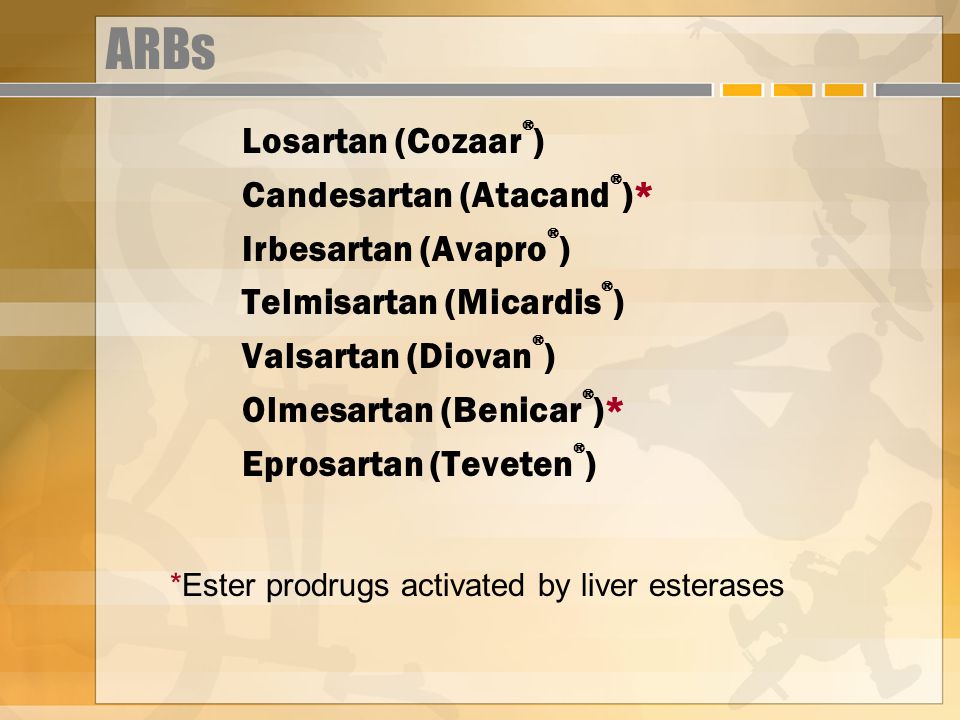
Geriatric Use
Older adults may be more sensitive to the effects of Atacand, particularly dizziness and changes in blood pressure. Careful monitoring and potential dosage adjustments may be necessary.
Patients with Liver Disease
Individuals with liver problems may require dosage adjustments or additional monitoring while taking Atacand. The medication is processed by the liver, so impaired liver function can affect how the body handles the drug.
Patients with Kidney Disease
While Atacand can be used to treat kidney problems, it may also rarely cause or worsen kidney issues. Patients with existing kidney disease require close monitoring of their kidney function while on this medication.
How often should patients with kidney or liver disease have their function monitored while on Atacand? The frequency of monitoring depends on the severity of the condition and individual patient factors. Generally, more frequent check-ups and blood tests are recommended, especially in the initial stages of treatment. Your healthcare provider will determine the appropriate monitoring schedule based on your specific situation.
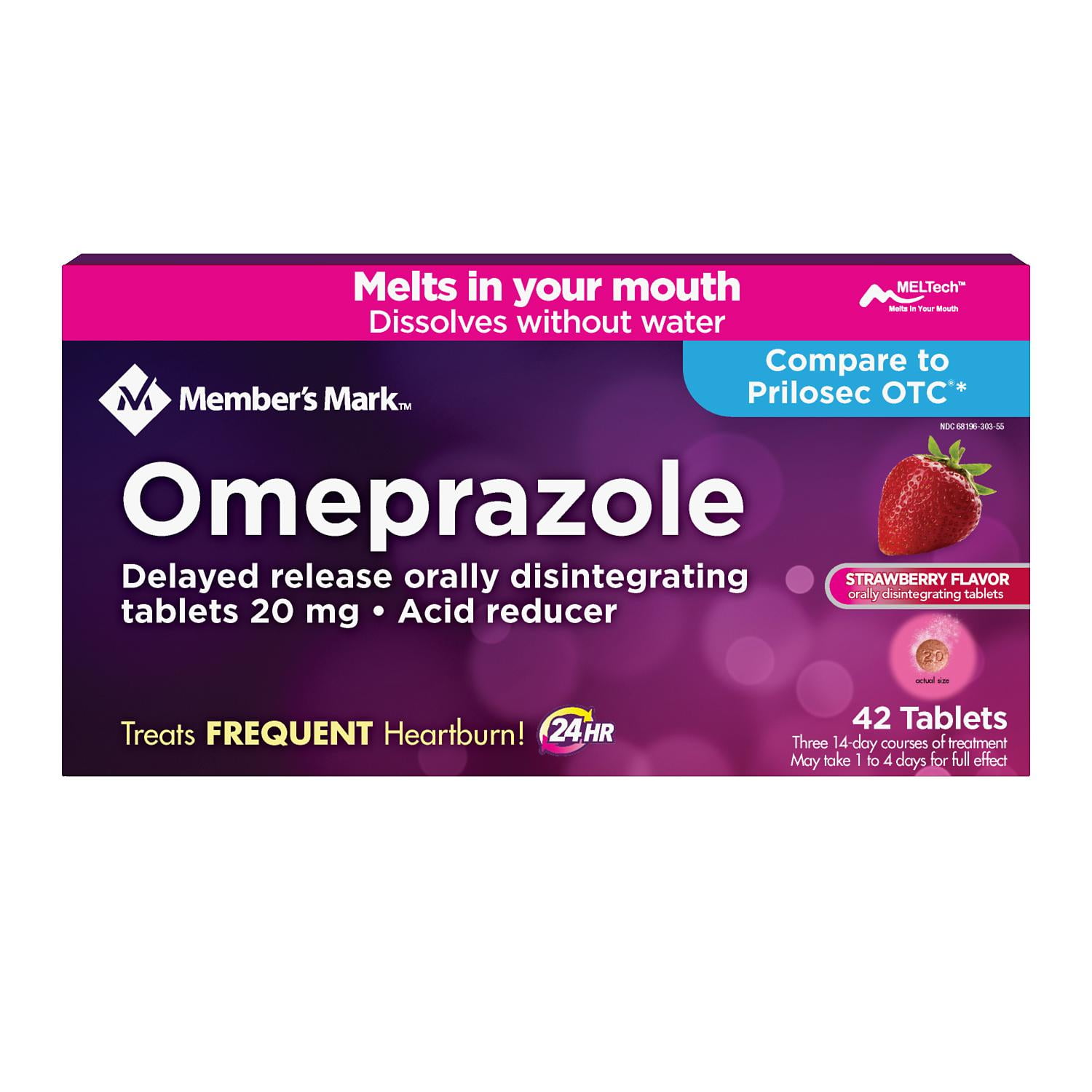
Alternative Treatments and Lifestyle Modifications
While Atacand is an effective medication for treating hypertension and heart failure, it’s often used in conjunction with lifestyle modifications. In some cases, alternative treatments may be considered based on individual patient needs and medical history.
Lifestyle Changes to Complement Atacand Treatment
- Maintaining a healthy diet low in sodium and rich in fruits, vegetables, and whole grains
- Regular physical activity as approved by your healthcare provider
- Stress reduction techniques such as meditation or yoga
- Limiting alcohol consumption
- Quitting smoking
- Maintaining a healthy weight
Alternative Medications
In cases where Atacand is not suitable or not well-tolerated, healthcare providers may consider other medications within the same class (ARBs) or different classes of blood pressure medications. These may include:
- Other ARBs (e.g., losartan, valsartan)
- ACE inhibitors (e.g., lisinopril, enalapril)
- Calcium channel blockers (e.g., amlodipine, diltiazem)
- Beta-blockers (e.g., metoprolol, atenolol)
- Diuretics (e.g., hydrochlorothiazide, furosemide)
Can lifestyle changes alone be sufficient to manage hypertension without medication? For some individuals with mild hypertension, lifestyle modifications may be enough to control blood pressure without medication. However, this varies greatly depending on individual factors such as the severity of hypertension, overall health, and genetic predisposition. It’s crucial to work closely with your healthcare provider to determine the most appropriate treatment approach for your specific situation.
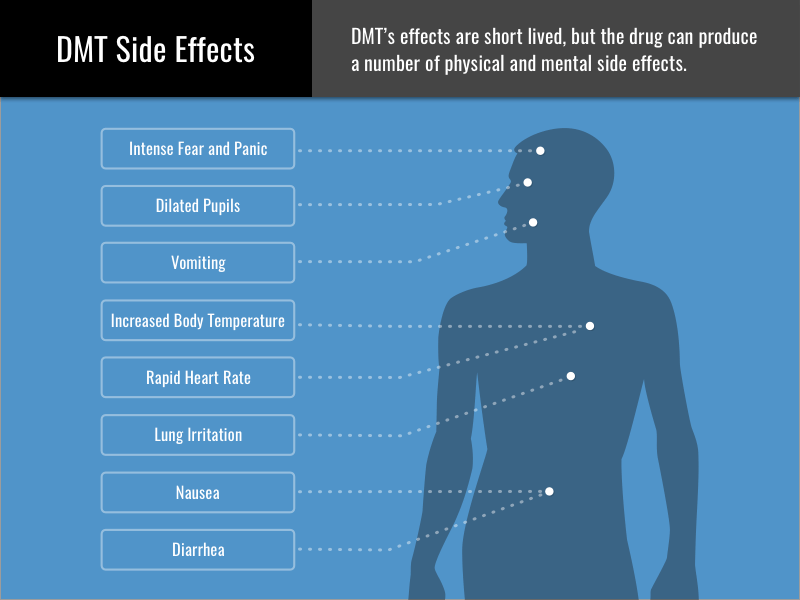
Long-Term Management and Follow-Up Care
Successfully managing hypertension or heart failure with Atacand requires ongoing care and regular follow-ups with your healthcare provider. This long-term management strategy ensures the medication remains effective and allows for timely adjustments if needed.
Key Components of Long-Term Management
- Regular Blood Pressure Monitoring: This may involve at-home measurements and periodic checks at your healthcare provider’s office.
- Routine Blood Tests: To monitor kidney function, electrolyte levels, and other relevant parameters.
- Periodic Cardiovascular Assessments: To evaluate the overall effectiveness of the treatment in managing heart health.
- Medication Reviews: To assess the continued appropriateness of Atacand and consider any necessary adjustments.
- Lifestyle Check-ins: To ensure ongoing adherence to complementary lifestyle modifications.
How often should patients on Atacand have follow-up appointments? The frequency of follow-up appointments can vary based on individual circumstances. Initially, more frequent visits (every few weeks to months) may be necessary to ensure the medication is working effectively and to monitor for any side effects. Once stabilized, appointments may be spaced out to every 3-6 months, or as recommended by your healthcare provider.

Importance of Medication Adherence
Consistently taking Atacand as prescribed is crucial for maintaining its effectiveness. Skipping doses or stopping the medication abruptly can lead to fluctuations in blood pressure and potentially serious health consequences.
What strategies can help patients maintain medication adherence? Several strategies can assist in maintaining consistent medication use:
- Setting daily reminders on your phone or using pill organizers
- Linking medication-taking to a daily routine (e.g., brushing teeth)
- Keeping a medication log
- Using smartphone apps designed for medication tracking
- Discussing any concerns or side effects promptly with your healthcare provider
Patient Education and Support Resources
Empowering patients with knowledge about Atacand and their condition is crucial for successful long-term management. Various resources are available to support patients in understanding their medication and maintaining their health.
Educational Resources
- Patient Information Leaflets: Provided with the medication, offering detailed information about Atacand.
- Online Health Portals: Reputable medical websites providing comprehensive information about hypertension, heart failure, and Atacand.
- Support Groups: Both online and in-person groups for individuals managing hypertension or heart failure.
- Pharmacist Consultations: Many pharmacies offer one-on-one sessions to discuss medications and answer questions.
Tools for Self-Management
Various tools can assist patients in managing their condition and medication regimen:

- Blood Pressure Monitors: For at-home monitoring of blood pressure levels.
- Medication Tracking Apps: To help maintain adherence and record side effects.
- Dietary Planning Tools: Apps or websites to assist in maintaining a heart-healthy diet.
- Exercise Trackers: To monitor physical activity levels and progress.
How can patients effectively communicate with their healthcare team about Atacand? Effective communication is key to optimal care. Patients should:
- Keep a list of questions or concerns to discuss during appointments
- Report any side effects or changes in symptoms promptly
- Be honest about medication adherence and any challenges faced
- Share information about any other medications or supplements being taken
- Ask for clarification if any instructions or information is unclear
By staying informed, actively participating in their care, and maintaining open communication with their healthcare team, patients can maximize the benefits of Atacand while minimizing potential risks and side effects.
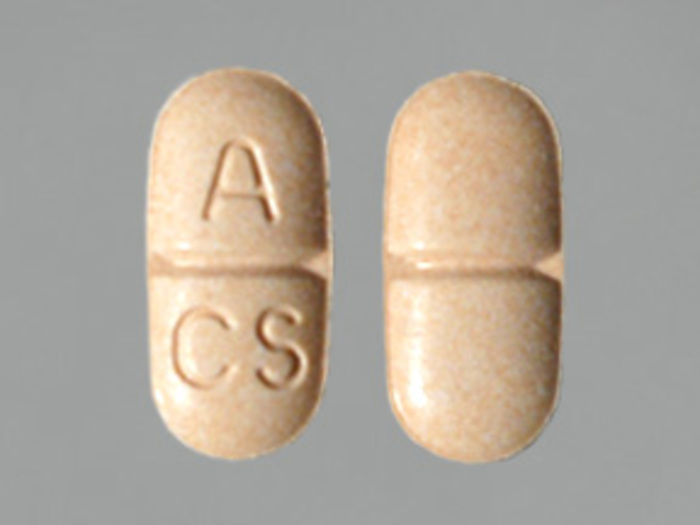
Atacand Oral: Uses, Side Effects, Interactions, Pictures, Warnings & Dosing
Warnings:
This drug can cause serious (possibly fatal) harm to an unborn baby if used during pregnancy. It is important to prevent pregnancy while taking this medication. Consult your doctor for more details and to discuss the use of reliable forms of birth control while taking this medication. If you are planning pregnancy, become pregnant, or think you may be pregnant, tell your doctor right away.
Warnings:
This drug can cause serious (possibly fatal) harm to an unborn baby if used during pregnancy. It is important to prevent pregnancy while taking this medication. Consult your doctor for more details and to discuss the use of reliable forms of birth control while taking this medication. If you are planning pregnancy, become pregnant, or think you may be pregnant, tell your doctor right away.
… Show More
Uses
Candesartan is used to treat high blood pressure (hypertension). Lowering high blood pressure helps prevent strokes, heart attacks, and kidney problems. Candesartan belongs to a class of drugs called angiotensin receptor blockers (ARBs). It works by relaxing blood vessels so blood can flow more easily.This medication is also used to treat heart failure.This medication is not recommended for use in children younger than 1 year due to increased risk of side effects.
Lowering high blood pressure helps prevent strokes, heart attacks, and kidney problems. Candesartan belongs to a class of drugs called angiotensin receptor blockers (ARBs). It works by relaxing blood vessels so blood can flow more easily.This medication is also used to treat heart failure.This medication is not recommended for use in children younger than 1 year due to increased risk of side effects.
How to use Atacand
Read the Patient Information Leaflet if available from your pharmacist before you start taking candesartan and each time you get a refill. If you have any questions, ask your doctor or pharmacist.
Take this medication by mouth with or without food as directed by your doctor, usually once or twice daily.
The dosage is based on your medical condition and response to treatment. In children, the dosage is also based on weight.
Use this medication regularly to get the most benefit from it. To help you remember, take it at the same time(s) each day.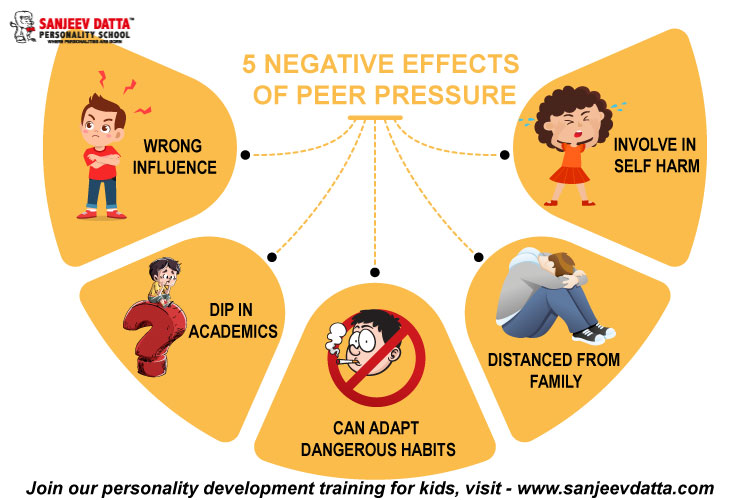 Keep taking this medication even if you feel well. Most people with high blood pressure do not feel sick. For the treatment of high blood pressure, it may take up to 6 weeks before you get the full benefit of this drug.
Keep taking this medication even if you feel well. Most people with high blood pressure do not feel sick. For the treatment of high blood pressure, it may take up to 6 weeks before you get the full benefit of this drug.
Tell your doctor if your condition does not improve or if it worsens (such as your blood pressure readings remain high or increase).
Side Effects
Dizziness, tiredness, or lightheadedness may occur as your body adjusts to the medication. Runny nose or sore throat may also occur. If any of these effects last or get worse, tell your doctor or pharmacist promptly.
To reduce the risk of dizziness and lightheadedness, get up slowly when rising from a sitting or lying position.
Remember that this medication has been prescribed because your doctor has judged that the benefit to you is greater than the risk of side effects. Many people using this medication do not have serious side effects.
Tell your doctor right away if you have any serious side effects, including: fainting, symptoms of a high potassium blood level (such as muscle weakness, slow/irregular heartbeat).
Although candesartan may be used to prevent kidney problems or treat people who have kidney problems, it may also rarely cause serious kidney problems or make them worse. Your doctor will check your kidney function while you are taking candesartan. Tell your doctor right away if you have any signs of kidney problems such as a change in the amount of urine.
A very serious allergic reaction to this drug is rare. However, get medical help right away if you notice any symptoms of a serious allergic reaction, including: rash, itching/swelling (especially of the face/tongue/throat), severe dizziness, trouble breathing.
This is not a complete list of possible side effects. If you notice other effects not listed above, contact your doctor or pharmacist.
In the US – Call your doctor for medical advice about side effects. You may report side effects to FDA at 1-800-FDA-1088 or at www.fda.gov/medwatch.
In Canada – Call your doctor for medical advice about side effects. You may report side effects to Health Canada at 1-866-234-2345.
You may report side effects to Health Canada at 1-866-234-2345.
Precautions
Before taking candesartan, tell your doctor or pharmacist if you are allergic to it; or if you have any other allergies. This product may contain inactive ingredients, which can cause allergic reactions or other problems. Talk to your pharmacist for more details.
Before using this medication, tell your doctor or pharmacist your medical history, especially of: liver disease, high level of potassium in the blood, dehydration.
This drug may make you dizzy. Alcohol or marijuana (cannabis) can make you more dizzy. Do not drive, use machinery, or do anything that needs alertness until you can do it safely. Limit alcoholic beverages. Talk to your doctor if you are using marijuana (cannabis).
Too much sweating, diarrhea, or vomiting may cause you to feel lightheaded. Report prolonged diarrhea or vomiting to your doctor.
This product may increase your potassium levels. Before using potassium supplements or salt substitutes that contain potassium, consult your doctor or pharmacist.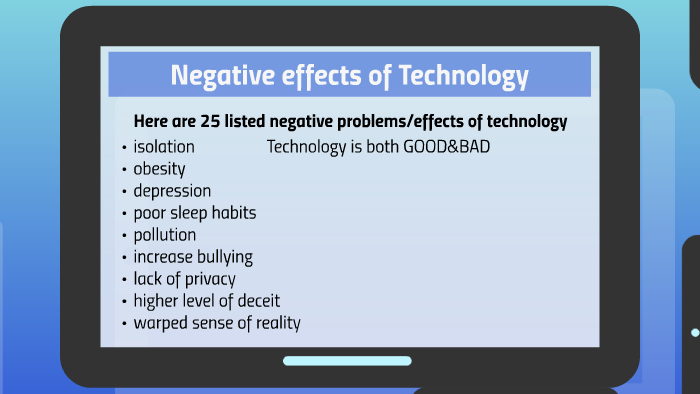
Before having surgery, tell your doctor or dentist about all the products you use (including prescription drugs, nonprescription drugs, and herbal products).
Older adults may be more sensitive to the side effects of this drug, especially dizziness, increases in potassium level, and change in the amount of urine (kidney problems).
Tell your doctor if you are pregnant or plan to become pregnant. You should not become pregnant while using candesartan. Candesartan may harm an unborn baby. If you become pregnant, talk to your doctor right away about the risks and benefits of this medication. (See also Warning section.)
It is unknown if this drug passes into breast milk. Consult your doctor before breast-feeding.
Interactions
See also Precautions section.
Drug interactions may change how your medications work or increase your risk for serious side effects. This document does not contain all possible drug interactions. Keep a list of all the products you use (including prescription/nonprescription drugs and herbal products) and share it with your doctor and pharmacist. Do not start, stop, or change the dosage of any medicines without your doctor’s approval.
Do not start, stop, or change the dosage of any medicines without your doctor’s approval.
Some products that may interact with this drug include: aliskiren, lithium, drugs that may increase the level of potassium in the blood (such as sparsentan, ACE inhibitors including benazepril/lisinopril, birth control pills containing drospirenone).
Some products have ingredients that could raise your blood pressure or worsen your heart failure. Tell your pharmacist what products you are using, and ask how to use them safely (especially cough-and-cold products, diet aids, or NSAIDs such as ibuprofen/naproxen).
Does Atacand interact with other drugs you are taking?
Enter your medication into the WebMD interaction checker
Overdose
If someone has overdosed and has serious symptoms such as passing out or trouble breathing, call 911. Otherwise, call a poison control center right away. US residents can call their local poison control center at 1-800-222-1222. Canada residents can call a provincial poison control center. Symptoms of overdose may include: fast heartbeat, severe dizziness, fainting.
Canada residents can call a provincial poison control center. Symptoms of overdose may include: fast heartbeat, severe dizziness, fainting.
Do not share this medication with others.
Lab and/or medical tests (such as kidney function, potassium levels) should be done while you are taking this medication. Keep all medical and lab appointments. Consult your doctor for more details.
Lifestyle changes that may help this medication work better include stress reduction programs, exercise, and dietary changes. Talk to your doctor or pharmacist about lifestyle changes that might benefit you.
Have your blood pressure checked regularly while taking this medication. Learn how to monitor your own blood pressure at home, and share the results with your doctor.
If you miss a dose, take it as soon as you remember. If it is near the time of the next dose, skip the missed dose. Take your next dose at the regular time. Do not double the dose to catch up.
Store at room temperature away from light and moisture. Do not store in the bathroom. Keep all medications away from children and pets.
Do not store in the bathroom. Keep all medications away from children and pets.
Do not flush medications down the toilet or pour them into a drain unless instructed to do so. Properly discard this product when it is expired or no longer needed. Consult your pharmacist or local waste disposal company.
Images
Atacand 16 mg tablet
Color: pinkShape: roundImprint: A CH 016
This medicine is a pink, round, scored, tablet imprinted with “A CH” and “016”.
Atacand 4 mg tablet
Color: whiteShape: roundImprint: A CF 004
This medicine is a pink, round, scored, tablet imprinted with “A CH” and “016”.
Atacand 32 mg tablet
Color: pinkShape: roundImprint: A CL 032
This medicine is a pink, round, scored, tablet imprinted with “A CH” and “016”.
Atacand 8 mg tablet
Color: light pinkShape: roundImprint: A CG 008
This medicine is a pink, round, scored, tablet imprinted with “A CH” and “016”.
Next
Save up to 80% on your prescriptions.

Available coupons
Save up to 80% on your prescription with WebMDRx
Drug Survey
Are you currently using Atacand?
This survey is being conducted by the WebMD marketing sciences department.
Selected from data included with permission and copyrighted by First Databank, Inc. This copyrighted material has been downloaded from a licensed data provider and is not for distribution, except as may be authorized by the applicable terms of use.
CONDITIONS OF USE: The information in this database is intended to supplement, not substitute for, the expertise and judgment of healthcare professionals. The information is not intended to cover all possible uses, directions, precautions, drug interactions or adverse effects, nor should it be construed to indicate that use of a particular drug is safe, appropriate or effective for you or anyone else. A healthcare professional should be consulted before taking any drug, changing any diet or commencing or discontinuing any course of treatment.
Today on WebMD
Side Effects, Dosage, Uses & More
Highlights for candesartan
- Candesartan is available as both a generic and brand-name drug. Brand name(s): Atacand.
- Candesartan is an oral drug used to treat high blood pressure and heart failure.
- Common side effects of candesartan include back pain, dizziness, and cold- or flu-like symptoms such as sore throat and nasal congestion.
FDA warning: Avoid during pregnancy
- This drug has a black box warning. This is the most serious warning from the Food and Drug Administration (FDA). A black box warning alerts doctors and patients to potentially dangerous effects.
- Don’t take candesartan if you’re pregnant. It may cause birth defects or end your pregnancy. If you get pregnant or plan to become pregnant, call your doctor right away.
Was this helpful?
- High blood potassium warning: Candesartan can increase your blood levels of potassium.
 Your doctor will check your blood potassium levels during treatment with this drug.
Your doctor will check your blood potassium levels during treatment with this drug. - Risk of low blood pressure warning: This drug may cause low blood pressure (hypotension). Your doctor will monitor you for low blood pressure during dosage changes. Let your doctor know if you have symptoms of low blood pressure, such as dizziness or lightheadedness. Your risk of low blood pressure may be higher if you:
- take water pills (diuretics)
- eat a low-salt diet
- take other medications that affect your blood pressure
- get sick with vomiting or diarrhea
- don’t drink enough fluids
- Kidney damage warning: This drug may cause kidney damage. People with certain types of kidney damage or heart failure may have a higher risk. Your doctor will check your kidney function while you’re taking candesartan.
Candesartan is a prescription drug. It comes as an oral tablet.
Candesartan is available as the brand-name drug Atacand.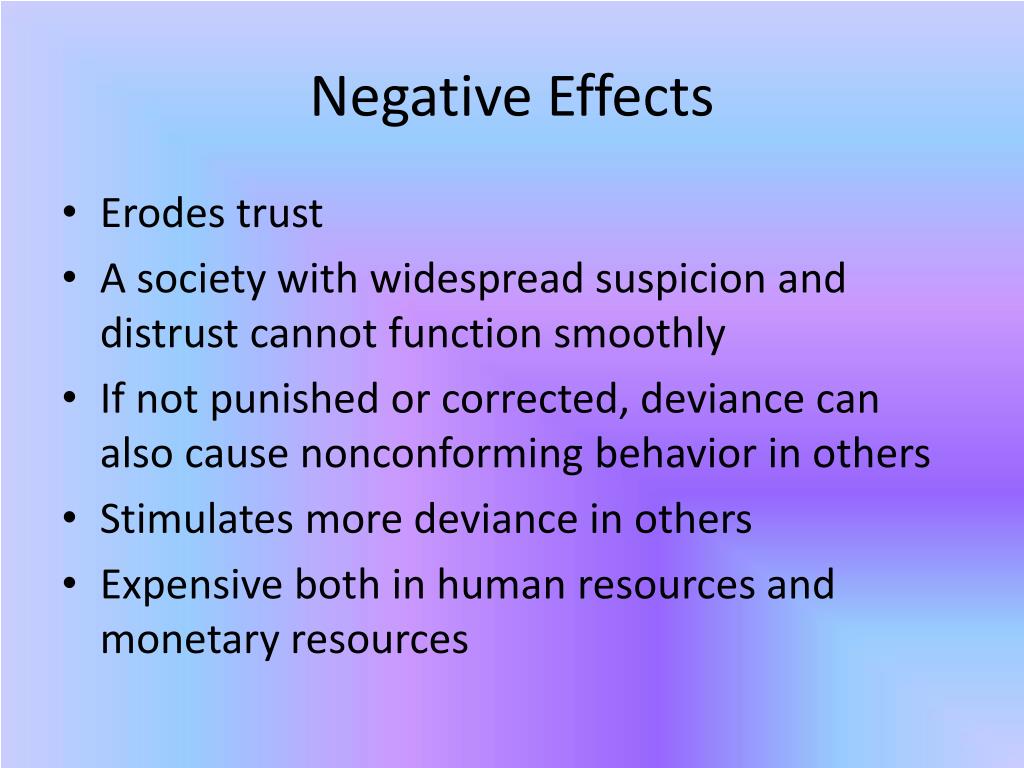 It’s also available as a generic drug. Generic drugs usually cost less. In some cases, they may not be available in every strength or form as the brand-name version.
It’s also available as a generic drug. Generic drugs usually cost less. In some cases, they may not be available in every strength or form as the brand-name version.
Why it’s used
Candesartan is used to treat high blood pressure and heart failure. This drug may be used as part of a combination therapy. That means you need to take it with other drugs.
How it works
Candesartan belongs to a class of drugs called angiotensin 2 receptor blocker. A class of drugs refers to medications that work similarly. They have a similar chemical structure and are often used to treat similar conditions.
Candesartan works by relaxing the blood vessels in your body. This helps reduce your blood pressure and lowers your chance of having a stroke or heart attack.
Candesartan oral tablet does not cause drowsiness, but it can cause other side effects.
More common side effects
The more common side effects that can occur with candesartan include:
- back pain
- dizziness
- cold- or flu-like symptoms, such as fever, cough, sneezing, and a runny nose
- sore throat
- nasal congestion
If these effects are mild, they may go away within a few days or a couple of weeks. If they’re more severe or don’t go away, talk to your doctor or pharmacist.
If they’re more severe or don’t go away, talk to your doctor or pharmacist.
Serious side effects
Call your doctor right away if you have serious side effects. Call 911 if your symptoms feel life-threatening or if you think you’re having a medical emergency. Serious side effects and their symptoms can include the following:
- low blood pressure, with symptoms such as:
- feeling faint or dizzy
- lightheadedness
- tiredness
- worsening kidney problems, with symptoms such as:
- not urinating as much as normal
- tiredness
- shortness of breath
- increased potassium levels in your blood, with symptoms such as:
- muscles weakness
- feeling ill
- heart rhythm changes
- allergic reaction, with symptoms such as:
- swelling of your face, lips, tongue, and throat
Disclaimer: Our goal is to provide you with the most relevant and current information. However, because drugs affect each person differently, we cannot guarantee that this information includes all possible side effects. This information is not a substitute for medical advice. Always discuss possible side effects with a healthcare provider who knows your medical history.
However, because drugs affect each person differently, we cannot guarantee that this information includes all possible side effects. This information is not a substitute for medical advice. Always discuss possible side effects with a healthcare provider who knows your medical history.
Candesartan oral tablet can interact with other medications, herbs, or vitamins you might be taking. That’s why your doctor should manage all of your medications carefully. If you’re curious about how this drug might interact with something else you’re taking, talk to your doctor or pharmacist.
Note: You can reduce your chances of drug interactions by having all of your prescriptions filled at the same pharmacy. That way, a pharmacist can check for possible drug interactions.
Examples of drugs that can cause interactions with candesartan are listed below.
Pain medications
Candesartan may not work as well to decrease blood pressure when it’s taken with non-steroidal anti-inflammatory drugs (NSAIDs). If you’re a senior, taking water pills, are dehydrated, or have a history of kidney problems, your kidney function may get worse if you take these drugs together.
If you’re a senior, taking water pills, are dehydrated, or have a history of kidney problems, your kidney function may get worse if you take these drugs together.
Examples of these drugs include:
- ibuprofen
- naproxen
- diclofenac
Seizure medications
Candesartan can increase levels of seizure drugs in your body to dangerous levels. This can cause more side effects. Examples of these drugs include:
- lithium
High blood pressure drugs
Taking these medications with candesartan raise your risk of very low blood pressure, high blood potassium levels, and worsened kidney function.
Examples of these drugs include:
- angiotensin receptor blockers (ARBs), such as:
- losartan
- valsartan
- telmisartan
- angiotensin-converting enzyme (ACE) inhibitors, such as:
- enalapril
- lisinopril
- captopril
- aliskiren
Drugs that increase potassium levels
Taking these medications with candesartan can increase your potassium levels. Examples of these drugs include:
Examples of these drugs include:
- potassium-sparing diuretics, such as:
- amiloride
- spironolactone
- triamterene
- potassium supplements
- potassium-containing salt substitutes
Disclaimer: Our goal is to provide you with the most relevant and current information. However, because drugs interact differently in each person, we cannot guarantee that this information includes all possible interactions. This information is not a substitute for medical advice. Always speak with your healthcare provider about possible interactions with all prescription drugs, vitamins, herbs and supplements, and over-the-counter drugs that you are taking.
This drug comes with several warnings.
Allergy warning
Candesartan can cause a severe allergic reaction. Symptoms include swelling of your face, lips, tongue, and throat.
Don’t take this drug again if you’ve ever had an allergic reaction to it before. Taking it a second time after an allergic reaction could be fatal.
Taking it a second time after an allergic reaction could be fatal.
Warnings for people with certain health problems
For people with diabetes: If you have diabetes and are taking aliskiren, you shouldn’t take candesartan. It raises your risk of high blood potassium, worsened kidney function, and very low blood pressure.
For people with risk factors for low blood pressure: If you take a water pill, eat a low-salt diet, are on dialysis, or have diarrhea or vomiting, you shouldn’t take candesartan. It may cause very low blood pressure.
For people with kidney problems: This drug can make your kidney problems worse. Your doctor will monitor your kidney function during treatment and change your dose as needed.
Warnings for certain groups
For pregnant women: Candesartan is a category D pregnancy drug. That means two things:
- Studies show a risk of adverse effects to the fetus when the mother takes the drug.

- The benefits of taking the drug during pregnancy may outweigh the potential risks in certain cases.
You shouldn’t take candesartan if you’re pregnant. It may cause birth defects or be fatal to your unborn baby.
Tell your doctor if you’re pregnant or plan to become pregnant. Candesartan should be used during pregnancy only if the potential benefit justifies the potential risk to the fetus.
For women who are breastfeeding: It isn’t known if candesartan passes into breast milk. If it does, it may cause serious effects in a child who is breastfed. You and your doctor may need to decide if you’ll take candesartan or breastfeed.
For seniors: Older adults may process drugs more slowly. A normal adult dose may cause levels of this drug to be higher than normal. If you’re a senior, you may need a lower dose or a different schedule.
For children: Use of this drug in children depends on treatment.
- As a treatment for high blood pressure, this drug hasn’t been studied in very young children.
 It shouldn’t be used to treat high blood pressure in children younger than 1 year.
It shouldn’t be used to treat high blood pressure in children younger than 1 year. - As a treatment for heart failure, this drug hasn’t been studied in children. It shouldn’t be used in people younger than 18 years to treat heart failure.
All possible dosages and forms may not be included here. Your dose, form, and how often you take it will depend on:
- your age
- the condition being treated
- how severe your condition is
- other medical conditions you have
- how you react to the first dose
Forms and strengths
Generic: candesartan
- Form: oral tablet
- Strengths: 4 mg, 8 mg, 16 mg, 32 mg
Brand: Atacand
- Form: oral tablet
- Strengths: 4 mg, 8 mg, 16 mg, 32 mg
Dosage for high blood pressure
Adult dosage (ages 18 to 64 years)
- The standard dose is 16 mg taken by mouth once daily if this drug is taken alone.

- The total daily dose can range from 8–32 mg taken in 1 or 2 divided doses.
Child dosage (ages 6 to 17 years)
- Children who weigh less than 50 kg: The recommended starting dosage is 4–8 mg per day. Doses can range from 2–16 mg/day.
- Children who weigh 50 kg or more: The recommended starting dosage is 8–16 mg per day. Doses can range from 4–32 mg per day.
- The dose may be taken by mouth once per day or twice a day in two equal doses.
- For children who cannot swallow tablets, consider using an oral suspension. This drug is not available as an oral suspension, but your pharmacist may be able to prepare it for you.
Child dosage (ages 1 to 5 years)
- The typical dosage range is 0.05–0.4 mg/kg of body weight per day. The standard starting dosage is 0.20 mg/kg per day.
- The dose may be taken by mouth once per day, or twice a day in two equal doses.

- For children who cannot swallow tablets, consider using an oral suspension. This drug is not available as an oral suspension, but your pharmacist may be able to prepare it for you.
Child dosage (under 1 year of age)
This drug hasn’t been studied in very young children. It shouldn’t be used in children younger than 1 year.
Senior dosage (ages 65 years and older)
There are no specific recommendations for senior dosing. Older adults may process drugs more slowly. A normal adult dose may cause levels of this drug to be higher than normal. If you’re a senior, you may need a lower dose or a different schedule.
Special dosage considerations
- For adults with moderate liver problems: 8 mg per day.
- For adults with severe kidney problems: A starting dose of 8 mg or less per day.
- For children (1 to 17 years) with kidney problems: Children with poor kidney function (GFR is less than 30 ml/min/ 1.
 73 m2) shouldn’t take candesartan.
73 m2) shouldn’t take candesartan.
Dosage for heart failure
Adult dosage (ages 18 to 64 years)
4 mg taken by mouth once per day. Your doctor may increase your dosage to a maximum of 32 mg per day.
Child dosage (ages 0 to 17 years)
This drug hasn’t been studied in children for treatment of heart failure. It shouldn’t be used in people younger than 18 years for this purpose.
Senior dosage (ages 65 years and older)
There are no specific recommendations for senior dosing. Older adults may process drugs more slowly. A normal adult dose may cause levels of this drug to be higher than normal. If you’re a senior, you may need a lower dose or a different schedule.
Disclaimer: Our goal is to provide you with the most relevant and current information. However, because drugs affect each person differently, we cannot guarantee that this list includes all possible dosages. This information is not a substitute for medical advice. Always speak with your doctor or pharmacist about dosages that are right for you.
Always speak with your doctor or pharmacist about dosages that are right for you.
Candesartan is a long-term drug treatment. It comes with serious risks if you don’t take it as prescribed.
If you don’t take it at all
Your blood pressure may get worse. This raises your risk of a heart attack or stroke.
If you’re taking candesartan for heart failure, your heart failure may get worse. Your symptoms of heart failure, such as shortness of breath, irregular heart rate, chest pain, and fatigue may also get worse. Heart failure can even be fatal.
If you stop taking it suddenly
You shouldn’t stop taking candesartan without talking to your doctor. Stopping the drug suddenly can cause your blood pressure to get higher. This raises your risk of a heart attack or stroke.
Stopping the drug suddenly may also worsen your symptoms of heart failure. You may have increased shortness of breath, chest pain, more fatigue, and irregular heart rate.
If you don’t take it on schedule
Your blood pressure may not improve and may get worse. You may have a higher chance of a heart attack or stroke. Your symptoms of heart failure may get worse.
You may have a higher chance of a heart attack or stroke. Your symptoms of heart failure may get worse.
If you take too much
If you take too much, you may:
- feel dizzy
- have very low blood pressure
- have a high heart rate
If you think that you’ve taken too much candesartan, call your doctor or local poison control center, or go to the emergency room right away.
What to do if you miss a dose
If you forget to take your dose, take it as soon as you remember. If it’s just a few hours until the time for your next dose, then wait and only take one dose at that time. Never try to catch up by taking two doses at once. This could cause toxic side effects.
How to tell this drug is working
You may be able to tell that this drug is working if your blood pressure is lower. Your doctor will monitor your blood pressure at your checkups. You can also check your blood pressure at home. Keep a log with the date, time of day, and your blood pressure readings. Bring this diary with you to your doctor appointments.
Bring this diary with you to your doctor appointments.
If you’re taking this drug for heart failure, you may be able to tell this drug is working if your symptoms, such as shortness of breath, chest pain, cough, and fatigue, get better.
Keep these considerations in mind if your doctor prescribes candesartan for you.
General
Candesartan tablets can be cut or crushed.
Storage
- Store candesartan at room temperature below 86°F (30°C).
- Don’t freeze candesartan.
- Store this drug away in a tightly closed container.
- Keep your drugs away from areas where they could get damp or wet, such as bathrooms.
Refills
A prescription for this medication is not refillable. You or your pharmacy will have to contact your doctor for a new prescription if you need this medication refilled.
Travel
When traveling with your medication:
- Always carry it with you in your carry-on bag.
- Don’t worry about airport X-ray machines.
 They can’t hurt this medication.
They can’t hurt this medication. - You may need to show your pharmacy’s label to clearly identify the medication. Keep the original prescription label with you when traveling.
Clinical monitoring
During your treatment with candesartan, your doctor may monitor your:
- Kidney function. This drug can make kidney problems worse. Your doctor will monitor your kidney function and make changes to your dosage as needed.
- Liver function. If you have liver problems, higher levels of candesartan can build up in your body. Your doctor may need to adjust your dosage.
- Blood pressure. Your doctor will check your blood pressure to make sure candesartan is working for you.
- Blood potassium levels. Candesartan can increase blood levels of potassium.
Insurance
Many insurance companies require a prior authorization for this drug. This means your doctor will need to get approval from your insurance company before your insurance company will pay for the prescription.
There are other drugs available to treat your condition. Some may be more suitable for you than others. Talk to your doctor about possible alternatives.
Disclaimer: Healthline has made every effort to make certain that all information is factually correct, comprehensive, and up-to-date. However, this article should not be used as a substitute for the knowledge and expertise of a licensed healthcare professional. You should always consult your doctor or other healthcare professional before taking any medication. The drug information contained herein is subject to change and is not intended to cover all possible uses, directions, precautions, warnings, drug interactions, allergic reactions, or adverse effects. The absence of warnings or other information for a given drug does not indicate that the drug or drug combination is safe, effective, or appropriate for all patients or all specific uses.
symptoms, causes, diagnosis, treatment and prevention
Contents of the article
- Symptoms and signs of a panic attack
- Causes of panic attacks
- Risk factors
- What is the danger of panic attacks
- When to see a doctor
- Preparing for a doctor’s visit
- Panic Attack Diagnosis
- Treatment
- Home remedies
- Myths and dangerous misconceptions in the treatment of panic attacks
- Prophylaxis
- How to make an appointment with a psychotherapist
Faced with unexplained agonizing bouts of anxiety and severe anxiety, not everyone can understand what is happening to them. In fact, such a condition in modern medicine is called a panic attack. A feature of this disease are the reasons for its appearance that have not been fully clarified. The occurrence of a panic attack is always sudden and is accompanied by somatic disorders, increased heart rate, dizziness and loss of control.
In fact, such a condition in modern medicine is called a panic attack. A feature of this disease are the reasons for its appearance that have not been fully clarified. The occurrence of a panic attack is always sudden and is accompanied by somatic disorders, increased heart rate, dizziness and loss of control.
Symptoms and signs of a panic attack
Data from medical studies confirm that about 5% of the inhabitants of megacities suffer from panic attacks today. Anxiety is accompanied by the following signs of a panic attack:
- feeling of doom and fear of death;
- difficulty breathing and dry mouth;
- severe headaches and dizziness;
- increased sweating;
- nausea;
- increased heart rate;
- weakness and numbness of the limbs;
- a feeling of loss of control and unreality of what is happening around.
People who often experience such a problem need to know how to deal with a panic attack on their own and do it the right way.
Causes of Panic Attacks
Panic attacks with uncontrollable fears are associated primarily with neurological disorders. But the true causes of the development of panic attacks today remain poorly understood. As practice shows, signs of a panic attack can appear in the following cases:
- with vegetative-vascular dystonia;
- against the background of a stressful condition;
- with genetic predisposition;
- in the presence of mental illness.
To this list, you can also add excessive physical activity, being among a large crowd of people, the consequences of hormone therapy, ischemia or stroke, emotional instability of the individual.
Risk factors
Symptoms of panic attacks may appear due to some risk factors:
- hereditary predisposition;
- presence of diseases of the thyroid gland;
- constant stress in the family, at work, loss of a loved one;
- low self-esteem and great suspicion;
- persistent sleep disturbances;
- excessive consumption of alcohol;
- uncontrolled intake of drugs without a doctor’s prescription and caffeinated drinks;
- presence of phobias.

What is the danger of panic attacks
Anxiety and panic attacks cannot cause death in a person, but if symptoms and signs of this disorder appear frequently, medical attention should be sought. Otherwise, the risks of developing phobias increase when a person, fearing a recurrence of an attack, will deliberately avoid people, visit supermarkets, and use public transport. There are cases when people became recluses.
Since the fear of panic attacks is considered a mental disorder, if left untreated, serious complications can appear, such as:
- asthenia;
- insomnia;
- depressive states;
- phobias;
- neurasthenia;
- neurosis from panic attacks.
Refusal of timely treatment can lead to a personality disorder, which in the advanced stage cannot be cured. Some people suffering from frequent panic attacks may experience food refusal with the subsequent development of dystrophy and diseases of the internal organs.
Not knowing how to cope with a panic attack, often a person closes in on himself and avoids visiting a professional psychologist, and then the situation can worsen up to suicide.
When to see a doctor
Attacks and symptoms of a panic attack in women and men are not life-threatening, but if left untreated, their frequency and intensity can increase, as a result of which a person becomes a hostage to such situations, he cannot live and work normally. Without delay, make an appointment with our psychotherapists at JSC “Medicina” (clinic of Academician Roitberg) in the Central District of Moscow, if you have at least once encountered a sudden condition that is accompanied by the following symptoms:
- headache, dizziness;
- shortness of breath, shortness of breath;
- fear of death;
- tachycardia, irregular heartbeat;
- increased sweating, chills;
- tremor, numbness of limbs;
- nausea, pain and cramps in the abdomen.

A panic attack doctor – a specialist with extensive experience and a wealth of professional knowledge knows how to get rid of panic attacks effectively.
Preparing for a doctor’s visit
Before visiting a psychotherapist, no special preparation is required, but you should be prepared to tell him in detail and in detail about the symptoms and signs of the disease that you experienced during moments of panic. It is important to answer all questions frankly so that the doctor can get a complete picture of the problem and determine how to treat panic attacks.
Panic Attack Diagnosis
Diagnosing the disorder is not easy, even for an experienced professional, as the symptoms of panic attacks can be similar to other mental disorders.
Therefore, an accurate diagnosis includes a number of medical measures:
- external examination of the patient;
- reflex test;
- electrocardiogram;
- examination of the abdomen for the presence / absence of internal bleeding;
- listening to the lungs;
- blood pressure measurement.

In order to rule out other pathologies and accurately establish that the patient is suffering from panic attacks, diagnostics are carried out using modern equipment, special tests and analyses.
Heart rhythm disturbance is studied not by one cardiogram, but by wearing the device for 2 days. With myocardial ischemia, the electrocardiogram is taken at rest with a load. In addition, an ultrasound of the heart is performed. An MRI is performed to rule out a stroke. An MRI is also done to rule out a brain tumor. To rule out bronchial asthma, the patient is tested for allergens and breath tests. Ultrasound studies are performed to determine the presence / absence of internal bleeding.
The presence of mental disorders is determined by a psychotherapist.
Important! If the symptoms of a mental attack with impaired coordination, partial hearing loss, impaired coordination of movements, visual impairment, the occurrence of convulsions of the upper and lower extremities were observed once, then they are not considered signs of the disease.
JSC “Medicina” (clinic of Academician Roitberg) in the Central District of Moscow (nearby metro stations Mayakovskaya, Belorusskaya, Novoslobodskaya, Tverskaya, Chekhovskaya) has all the necessary resources to make an accurate diagnosis and provide qualified assistance to patients.
Treatment
A panic attack is not a sentence, but a completely curable condition. Achievements of modern medicine can reduce the frequency and intensity of seizures, and then completely get rid of this problem. The greatest efficiency is achieved through the use of psychotherapeutic and drug treatment in combination.
Note that the key point in the treatment of panic attacks in women and men is the use of individual psychotherapy. It is this method that makes it possible to determine the causes of fear and teach the patient to control his condition.
In addition, the treatment of panic attacks is carried out using different methods of psychotherapy, depending on how panic attacks manifest themselves:
- cognitive behavioral therapy;
- hypnosuggestive therapy;
- autogenic training.

The most effective form of treatment is Cognitive Behavioral Therapy, which involves removing the patterns of thought and behavior that cause panic attacks.
With the help of a psychotherapist, the patient learns to look and perceive fears not “automatically”, but in a real light. Using a safe method, the doctor simulates situations that cause panic attacks, which allow you to dull the feeling of fear over time, and then the disease can be overcome.
Hypnosuggestive therapy is based on suggestion with a targeted effect on the anxiety state. By receiving correct and positive attitudes from the doctor, the patient learns to overcome panic, protect himself from stress and cope with a panic attack on his own.
Home remedies
If you have had panic attacks, you should know what to do when you have a panic attack. It is recommended that you always have a sedative in the form of an infusion or sedative tablets with you. Seizures can be controlled by massaging the fingertips and earlobes. Learn to convince yourself that all fears are unfounded and do not pose a threat to you.
Seizures can be controlled by massaging the fingertips and earlobes. Learn to convince yourself that all fears are unfounded and do not pose a threat to you.
Once you learn to look at things realistically, you will be able to get rid of panic attacks. It is necessary to sleep enough, eat healthy food, avoid watching programs and movies that cause psycho-emotional overload and stress. After a panic attack, try not to withdraw into yourself, but look at the world positively, and treat yourself to a cup of tea with mint and honey at night!
Myths and dangerous misconceptions in the treatment of panic attacks
There are various myths about panic attacks, including that they can turn into schizophrenia. In fact, neurosis and panic attacks are related, and this emotional disorder is effectively treated by specialists who know how to deal with panic attacks.
Many people are convinced that there is no effective treatment for such a problem, believing that the pills will have to be taken until death.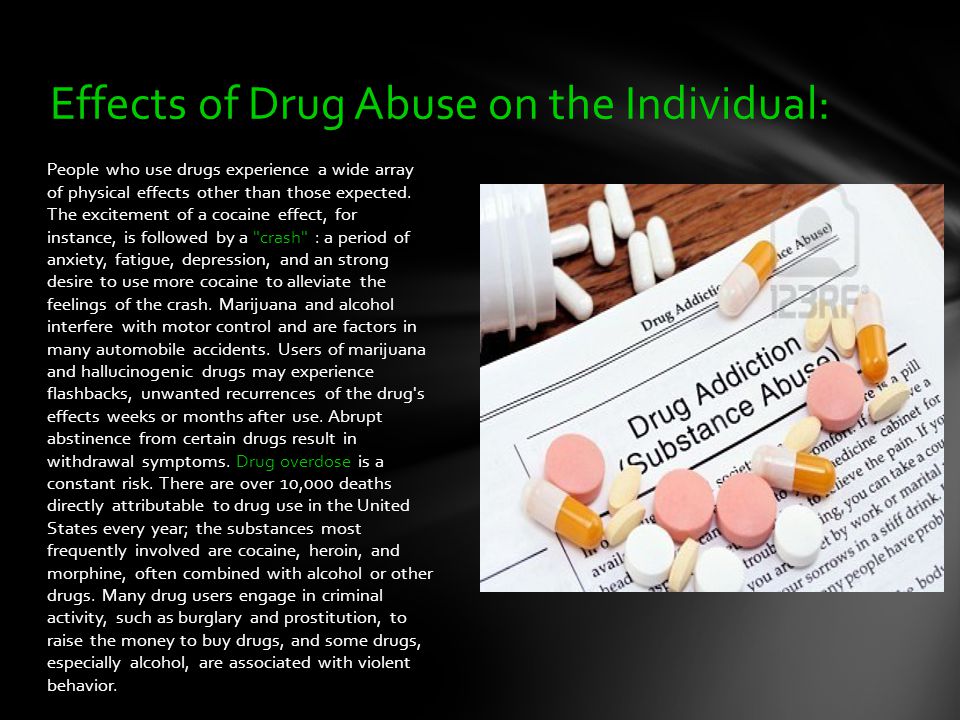 This is also a myth, since modern medicine has every opportunity to rid patients of this problem.
This is also a myth, since modern medicine has every opportunity to rid patients of this problem.
Prevention
The best prevention of panic attacks is a positive outlook on everything that happens around, the ability not to exaggerate the problems that accompany us through life. Learn to enjoy every moment of life and not see fears where there are none.
Get enough sleep, give up bad habits, lead an active lifestyle and the world will sparkle for you with new colors. Sign up for yoga classes to learn how to live in harmony with yourself and overcome imaginary fears and concerns.
How to make an appointment with a psychotherapist
This can be done easily and quickly: you can call +7 (495) 775-73-60 around the clock or fill out the form on the website.
Panic attacks
Panic attacks (episodic paroxysmal anxiety) – attacks of severe anxiety (panic) or fear (most often – fear of death, less often – fear of losing consciousness, loss of control, helplessness or fear of “going crazy”), accompanied by a rapid heartbeat and a feeling of ” suffocation, shortness of breath.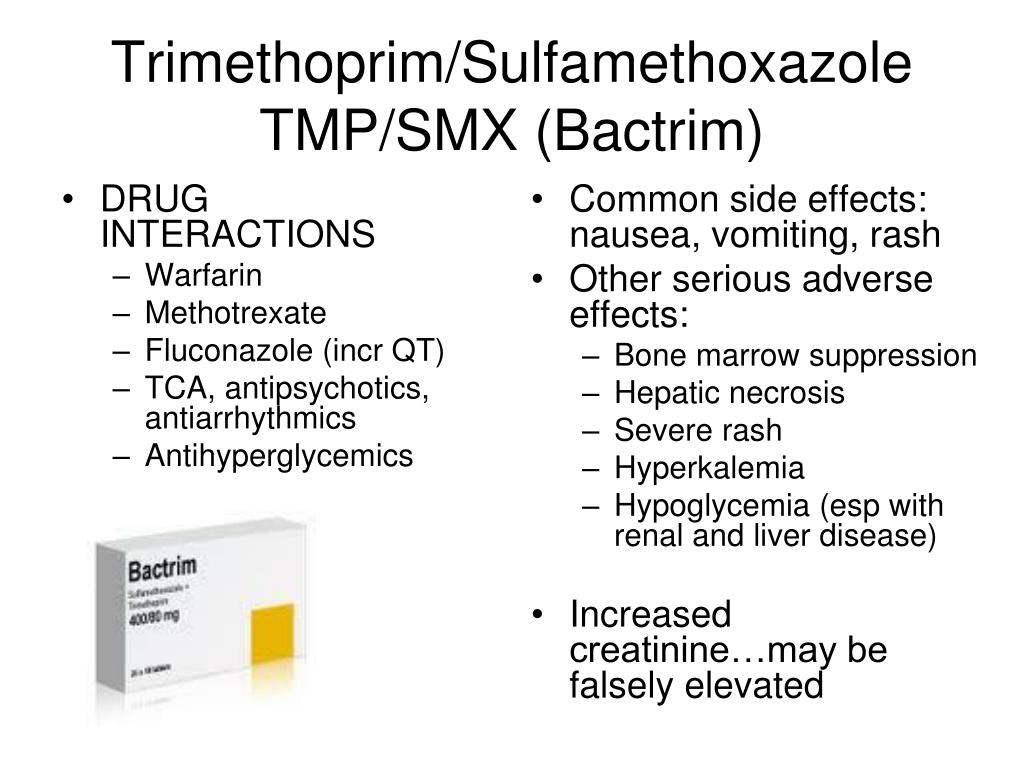 Sometimes there are additional symptoms such as increased blood pressure, a feeling of “internal trembling”, trembling in the limbs, a feeling of “hot flashes” of heat or cold, numbness of the extremities, increased sweating, a feeling of “unstability” or dizziness, nausea, derealization or depersonalization, etc.
Sometimes there are additional symptoms such as increased blood pressure, a feeling of “internal trembling”, trembling in the limbs, a feeling of “hot flashes” of heat or cold, numbness of the extremities, increased sweating, a feeling of “unstability” or dizziness, nausea, derealization or depersonalization, etc.
Panic attacks last on average 5 to 30 minutes. However, sometimes they can last several hours, and in rare cases – up to several days.
I must say that even 30 years ago this disease was extremely rare. But now the incidence of panic attacks is increasing exponentially every year! Especially in big cities. Alas, panic attacks are considered a “disease of megacities”. And they suffer, most often, people with increased anxiety and the so-called perfectionists.
Earlier, in Soviet medicine, this disorder was called “ sympathoadrenal crises “. This name, more than the modern one, reflected the essence of the processes occurring in the body during panic attacks. Nevertheless, I will not bother readers with a description of biochemical processes and a list of the hormones and neurotransmitters involved in these reactions. Knowing this practically does not affect the fact of the occurrence of seizures. Because biochemical processes are just an “intermediate link” in the chain of cause and effect relationships occurrence of panic attacks . What then is the “primary link”, so to speak, the root cause?
Nevertheless, I will not bother readers with a description of biochemical processes and a list of the hormones and neurotransmitters involved in these reactions. Knowing this practically does not affect the fact of the occurrence of seizures. Because biochemical processes are just an “intermediate link” in the chain of cause and effect relationships occurrence of panic attacks . What then is the “primary link”, so to speak, the root cause?
Panic attacks occur suddenly, and, as it often seems, without any external causes or under the influence of minor unpleasant factors (an ordinary quarrel in the family, another trouble at work, overcrowding and stuffiness in a subway or train car, a long “traffic jam” on the road, etc.). etc.). In fact, panic attacks always occur against the background of an already long-term depression (most often), or after repeated or severe stress (or rather, distress). Don’t be surprised by this, because it is quite difficult for an ordinary person, not a specialist, to diagnose depression. Especially, at himself. Moreover, its mild or atypical forms. Especially if it lasts a year or several years (and for some people – since childhood!). In this case, they may not even remember how they felt without depression. In this variant, the body functions “with the last of its strength”, works “at the limit of its capabilities”; and some minor unpleasant event can be the “last straw” for him! Figuratively speaking, a panic attack is “hysteria of the body”, its “desperate cry: “I can’t do this anymore !!!”
Especially, at himself. Moreover, its mild or atypical forms. Especially if it lasts a year or several years (and for some people – since childhood!). In this case, they may not even remember how they felt without depression. In this variant, the body functions “with the last of its strength”, works “at the limit of its capabilities”; and some minor unpleasant event can be the “last straw” for him! Figuratively speaking, a panic attack is “hysteria of the body”, its “desperate cry: “I can’t do this anymore !!!”
Well, in the question “Who is to blame?” figured it out. Now let’s move on to the equally important question “What to do?” The fact that no one in the world has yet died from panic attacks is little consolation for those suffering from this excruciating disorder. To say that panic attacks are an unpleasant state is an understatement! These are unbearable sensations, and in the most severe cases, a real feeling of approaching death, which a person is sometimes forced to experience daily! And most importantly, he does not understand what is happening to him, and how to stop it!
Panic attacks sharply reduce the quality of a person’s life, subordinating her entire expectation of the next attack. And, accordingly, they affect social activity, sometimes making a person completely incapacitated.
And, accordingly, they affect social activity, sometimes making a person completely incapacitated.
When panic attacks first appeared in the clinical practice of physicians, they were treated empirically with various sedatives and tranquilizers . However, after their cancellation, the seizures reappeared, and with prolonged use of these drugs, tolerance (insensitivity) inevitably and rather quickly set in. Therefore, in order to stop panic attacks, it was necessary to constantly increase doses or resort to more “strong” tranquilizers. But everywhere there is a limit: the number of tranquilizers is not unlimited, especially their doses. It was necessary to remember another very important aspect: long-term use of these drugs causes dependence on them. And after the abolition of tranquilizers, the symptoms of mental and physical withdrawal joined the renewed panic attacks, which further worsened the patient’s condition.
Then the tactics of treatment were somewhat changed: antidepressants began to be added to “light” or small doses of “medium power” tranquilizers.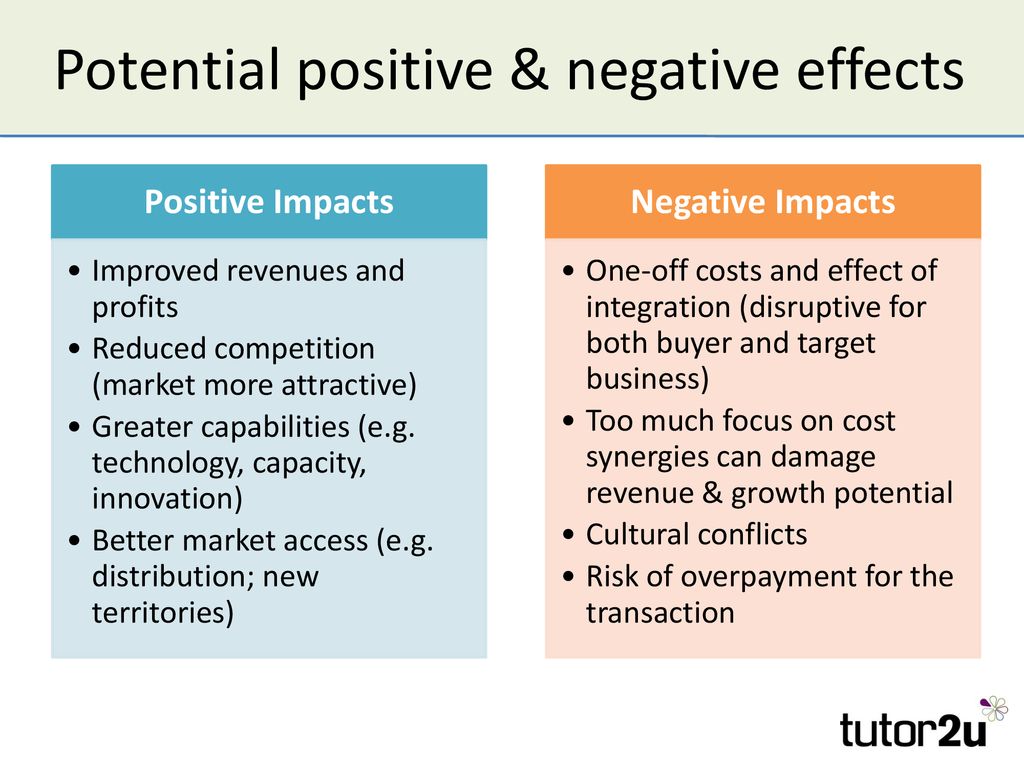 And it was a “breakthrough” in the treatment of panic attacks! Because antidepressants do not just “relieve” the symptoms, but they affect the foundation on which these attacks are based – depression itself! Of course, in modern medicine there are a huge number of antidepressants, and the effectiveness of their effect on panic attacks is very different. But an experienced psychotherapist or psychiatrist can quite accurately select a drug that is suitable for a particular person. It is important to note that antidepressants have a cumulative effect, so their therapeutic effect does not appear immediately after the appointment, but after a certain time (on average, after a month). And, here, the full duration of treatment with antidepressants is, at best, from 6 to 12 months, and sometimes up to several years.
And it was a “breakthrough” in the treatment of panic attacks! Because antidepressants do not just “relieve” the symptoms, but they affect the foundation on which these attacks are based – depression itself! Of course, in modern medicine there are a huge number of antidepressants, and the effectiveness of their effect on panic attacks is very different. But an experienced psychotherapist or psychiatrist can quite accurately select a drug that is suitable for a particular person. It is important to note that antidepressants have a cumulative effect, so their therapeutic effect does not appear immediately after the appointment, but after a certain time (on average, after a month). And, here, the full duration of treatment with antidepressants is, at best, from 6 to 12 months, and sometimes up to several years.
At the same time, there are cases of especially severe courses of panic attacks, when the appointment of even “powerful” antidepressants for a sufficiently long time does not bring the desired effect, i. e. panic attacks do not stop completely, but only become less pronounced or occur less frequently. In this version, a person, anyway, does not feel healthy and constantly lives in fear of the next attack. In this case, doctors are forced to launch “heavy artillery” – to add NEUROLEPTICS to the treatment, which patients have to take for quite a long time. Antipsychotics have a large number of unpleasant side effects, which is why many patients refuse them.
e. panic attacks do not stop completely, but only become less pronounced or occur less frequently. In this version, a person, anyway, does not feel healthy and constantly lives in fear of the next attack. In this case, doctors are forced to launch “heavy artillery” – to add NEUROLEPTICS to the treatment, which patients have to take for quite a long time. Antipsychotics have a large number of unpleasant side effects, which is why many patients refuse them.
However, there is another way to treat panic attacks. He is not a drug! That is, there is a REAL METHOD OF COMPLETE CURING FROM PANIC ATTACKS, ABSOLUTELY WITHOUT RESORTING TO ANY KIND OF MEDICINES !!! This method is PSYCHOTHERAPEUTIC.
In the modern world there are a lot of different types and directions of psychotherapy. But, it must be said bluntly that with panic attacks, most of them are not effective without medical support.
However, the method that I use in my psychotherapeutic work is unique. It often allows you to completely eliminate panic attacks in 1 session! One or two more sessions are required to eliminate the FEAR of the appearance of seizures (or their expectation).

 Your doctor will check your blood potassium levels during treatment with this drug.
Your doctor will check your blood potassium levels during treatment with this drug.
 It shouldn’t be used to treat high blood pressure in children younger than 1 year.
It shouldn’t be used to treat high blood pressure in children younger than 1 year.

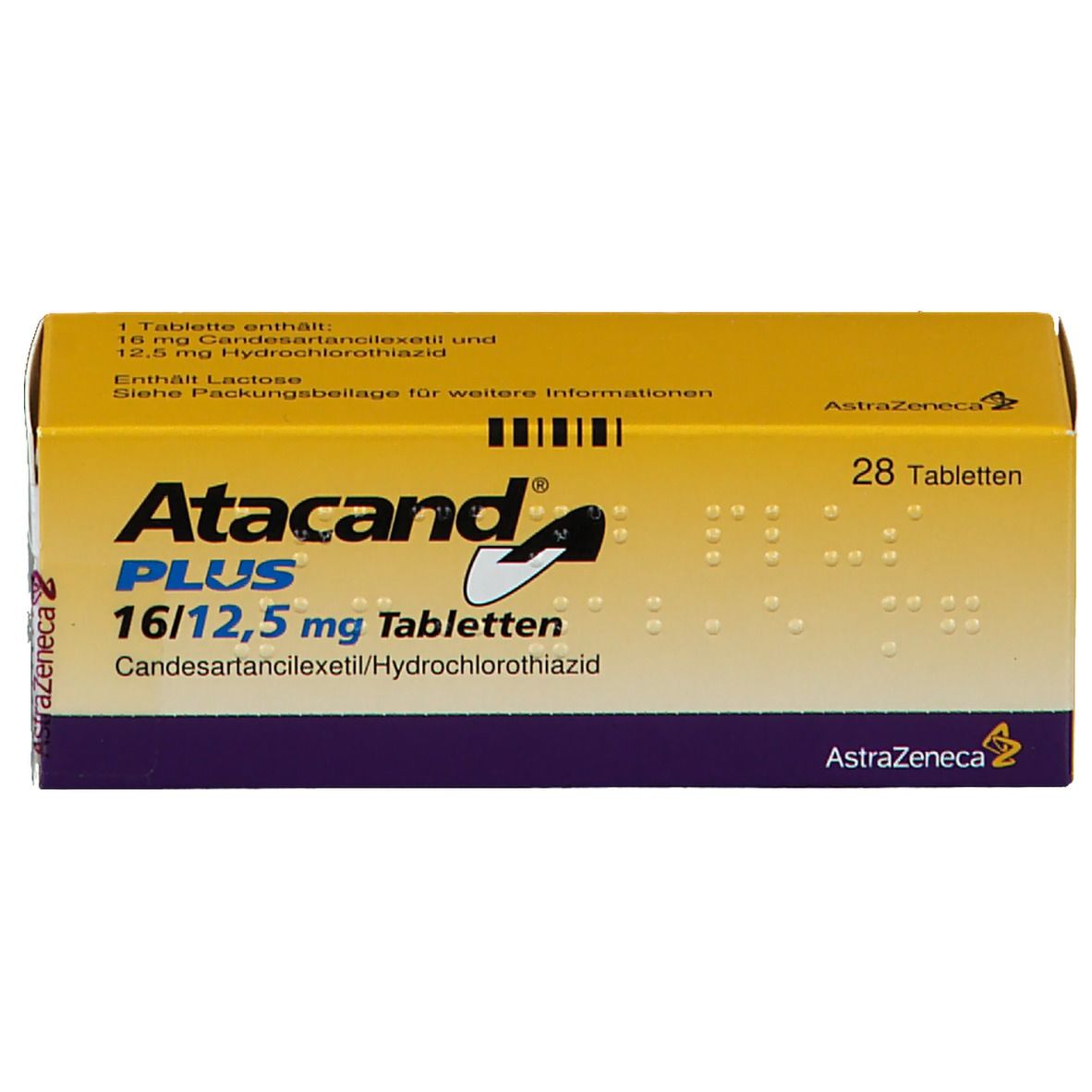 73 m2) shouldn’t take candesartan.
73 m2) shouldn’t take candesartan. They can’t hurt this medication.
They can’t hurt this medication.
